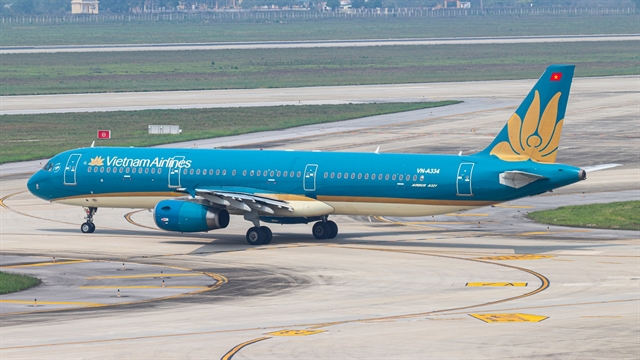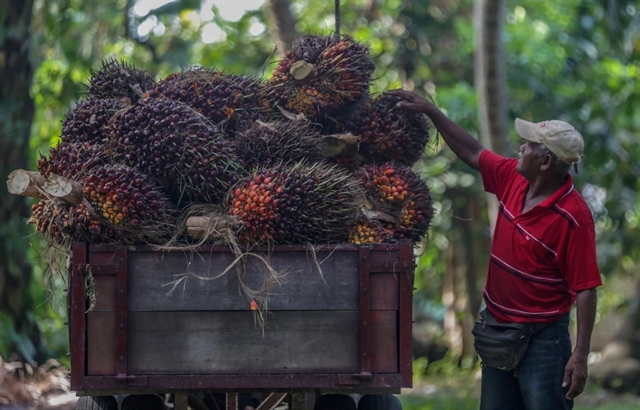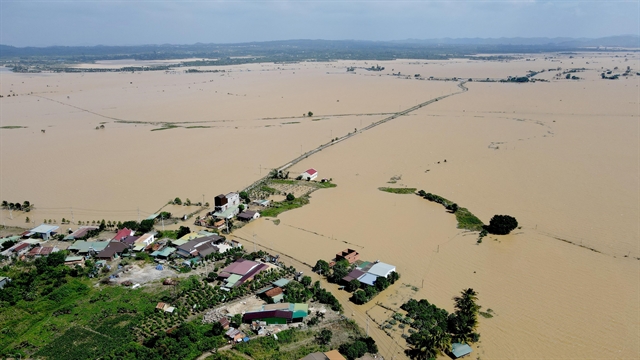 Society
Society
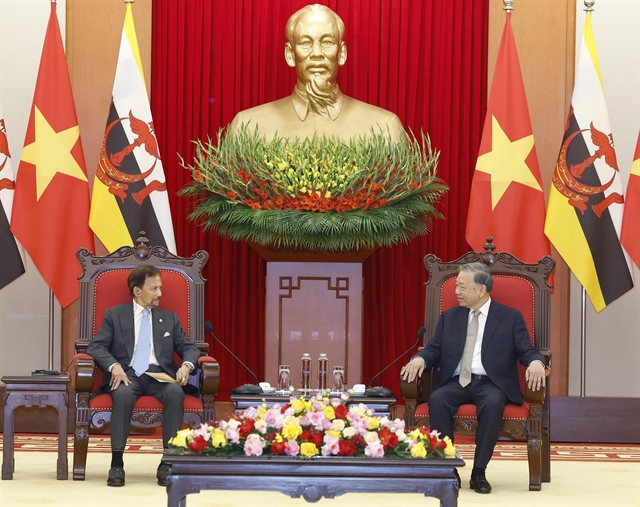
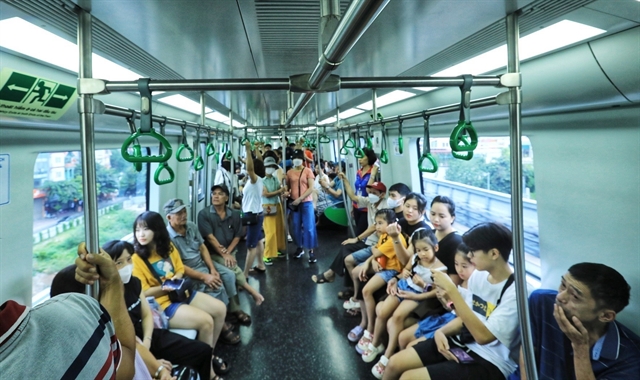 |
| Passengers ơn the Cát Linh - Hà Đông urban metro line.—VNA/VNS Photo Tuấn Anh |
HÀ NỘI — Public transport in Hà Nội has seen a significant increase, serving more than 417 million passengers in the first nine months of this year, a rise of 56.8 per cent compared to the same period last year.
Statistics from the Hà Nội Public Transport Management Centre revealed that the number of passengers served by the city’s public transport reached 96.4 per cent of the targeted plan.
The Cát Linh - Hà Đông urban metro line transported approximately 7.7 million passengers, generating an estimated revenue of VNĐ55.1 billion (US$2.25 million).
Speaking to the Kinh tế & Đô thị (Economics and Urban Affairs) online newspaper, General Director and Chairman of the Board of Members of Hà Nội Metro One Member Company Limited Vũ Hồng Trường, said that during the initial phase, the metro line operated during social distancing due to the COVID-19 pandemic, resulting in only about 10,000 daily passengers.
Now, the daily passenger count stands at 35,000, he added.
Besides the growth of the metro line, the bus system also served 410.2 million passengers in the first nine months of this year, generating a total revenue of VNĐ410.2 billion ($16.8 million), he said.
The number of passengers rose by 57.1 per cent compared to the same period last year, reaching 94.7 per cent of the targeted plan, he said.
The Bus Rapid Transit (BRT) system alone transported around 3.4 million passengers, he said.
Moreover, public bicycles were introduced in Hà Nội for the first time in August this year, he said.
Đỗ Bá Dân, Chairman of the Board of Directors of Trí Nam Group, the operator of the public bicycle services in the city, stated that 28,240 people registered for the public bicycle service within its first nine days of operation.
The system logged 17,024 completed trips, with each trip averaging more than 5km. This is considered a positive indication for this mode of transport, he added.
Modern traffic culture
Trường said that the operation of the Cát Linh – Hà Đông urban metro line has altered travel habits and steadily fostered a modern and civilised traffic culture in the city.
"We have observed the civilised characteristics of a modern traffic culture taking shape in the city," he said.
In the past, residents commonly relied on personal vehicles for short journeys. However, now, many are willing to walk longer distances to utilise public transport, he noted.
This shift in the locals' behaviour has played a role in alleviating traffic congestion and reducing environmental pollution in the city, he said.
Đào Duy Huy, a resident of Hà Đông District, shared that since he began using the metro line for his commute, he has found it to be an apt mode of transport.
"Compared to previous years, I observe a gradual change in people's preferences towards using public transport services," he remarked.
Furthermore, Trường highlighted the encouraging development that this civilised and modern traffic ethos is now being embraced by users of other public transport modes in the city, such as buses.
Bus developments urged
Currently, buses are pivotal in the capital's public transport system. However, this mode of transport caters to just nearly 18 per cent of the population's travel needs.
Traffic expert Đỗ Cao Phan suggested that to enhance the bus system's capacity, there is a need to re-organise traffic and routes to bypass congestion and draw more individuals towards public transportation.
Beyond enhancing vehicle quality, driver training, and the application of technology, priority should be accorded to securing land for bus infrastructure, including terminal and transfer points. This would ensure maximum convenience for passengers and thereby boost bus ridership, he remarked.
The Hà Nội Department of Transport and Hà Nội Public Transport Management Centre should collaborate closely with transport enterprises and local authorities to assess how buses connect with other forms of public transport. This would ensure mutual support and entice more individuals to use these services, he added. — VNS



